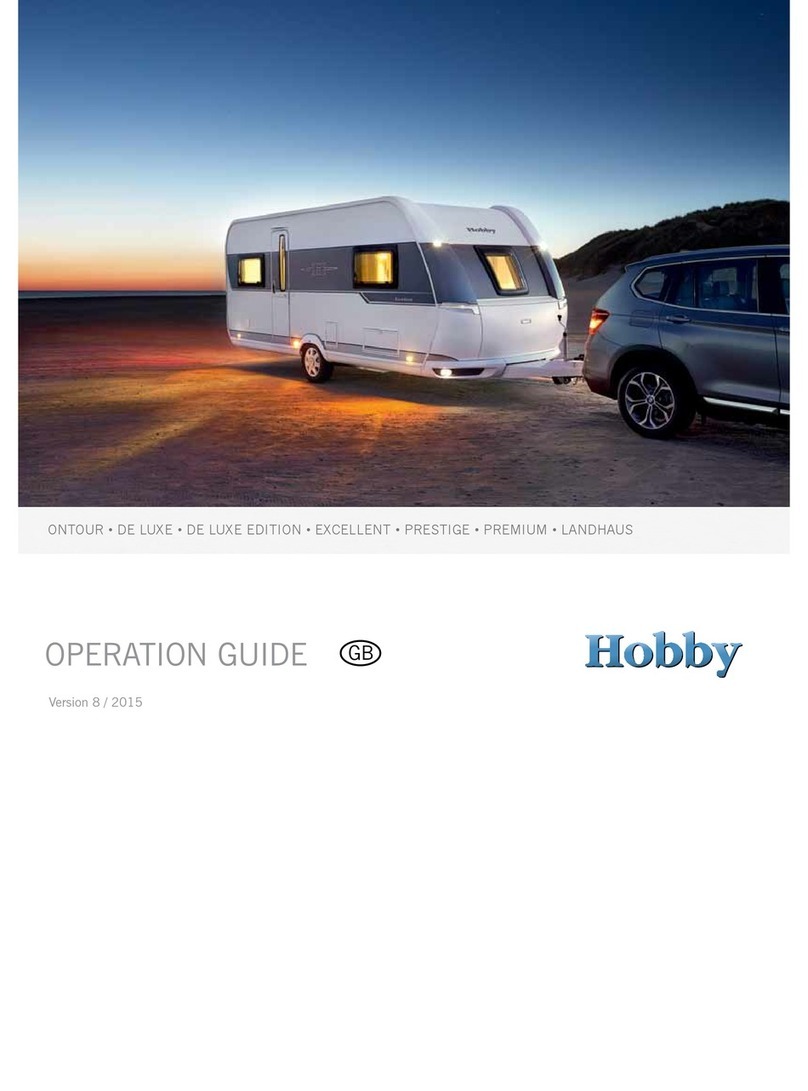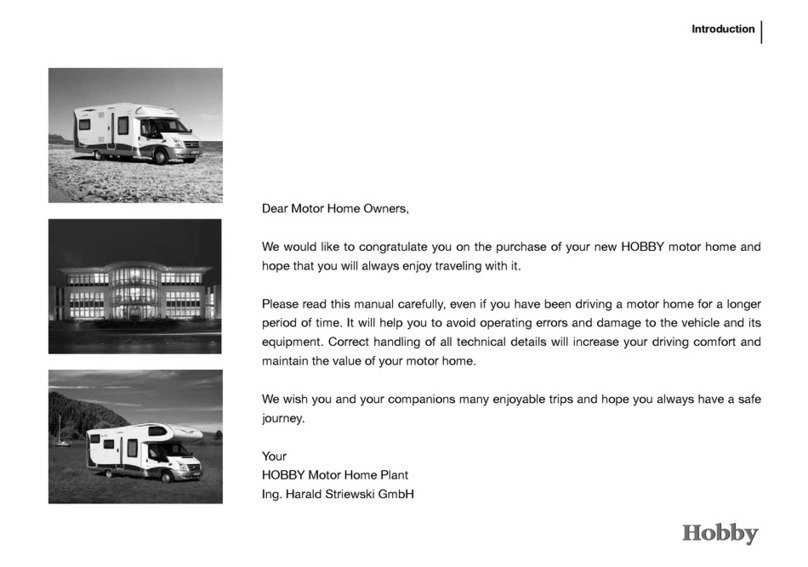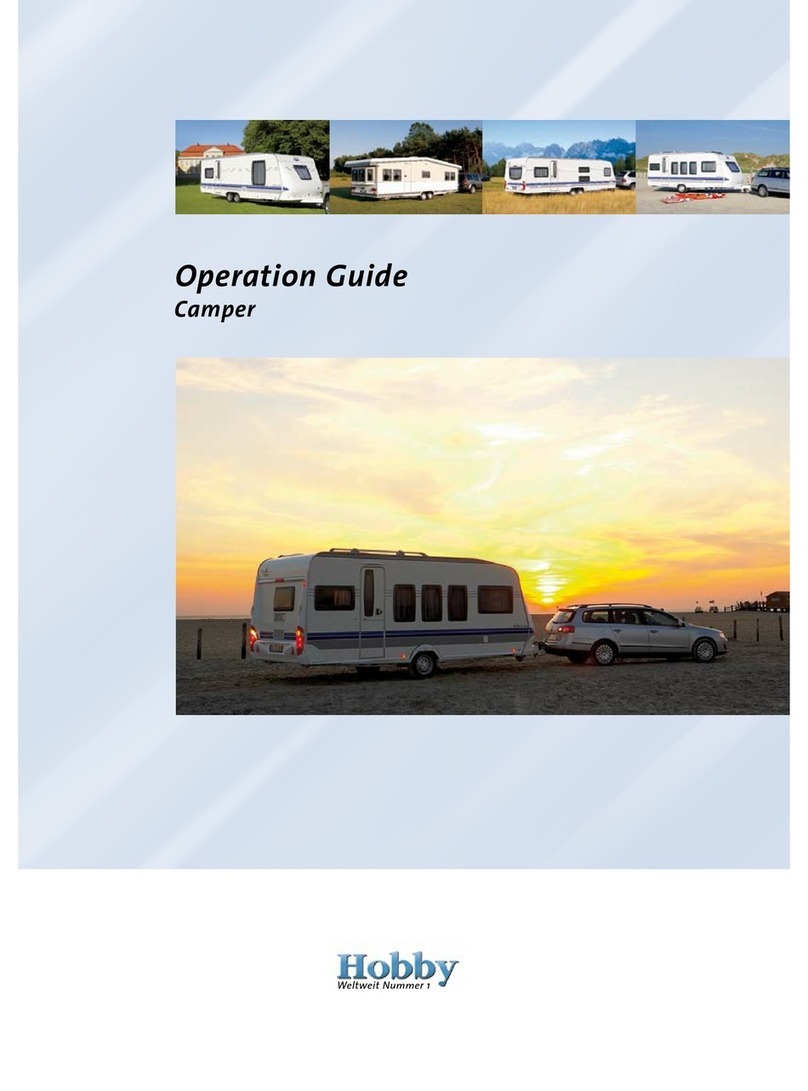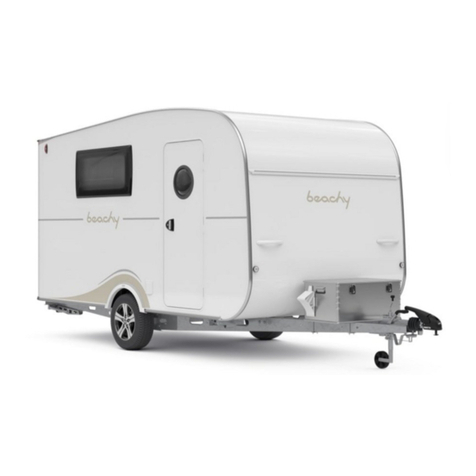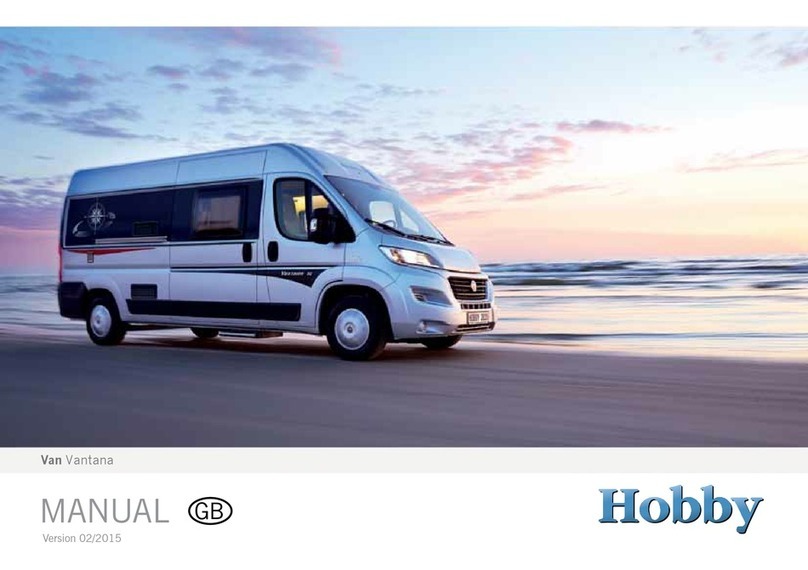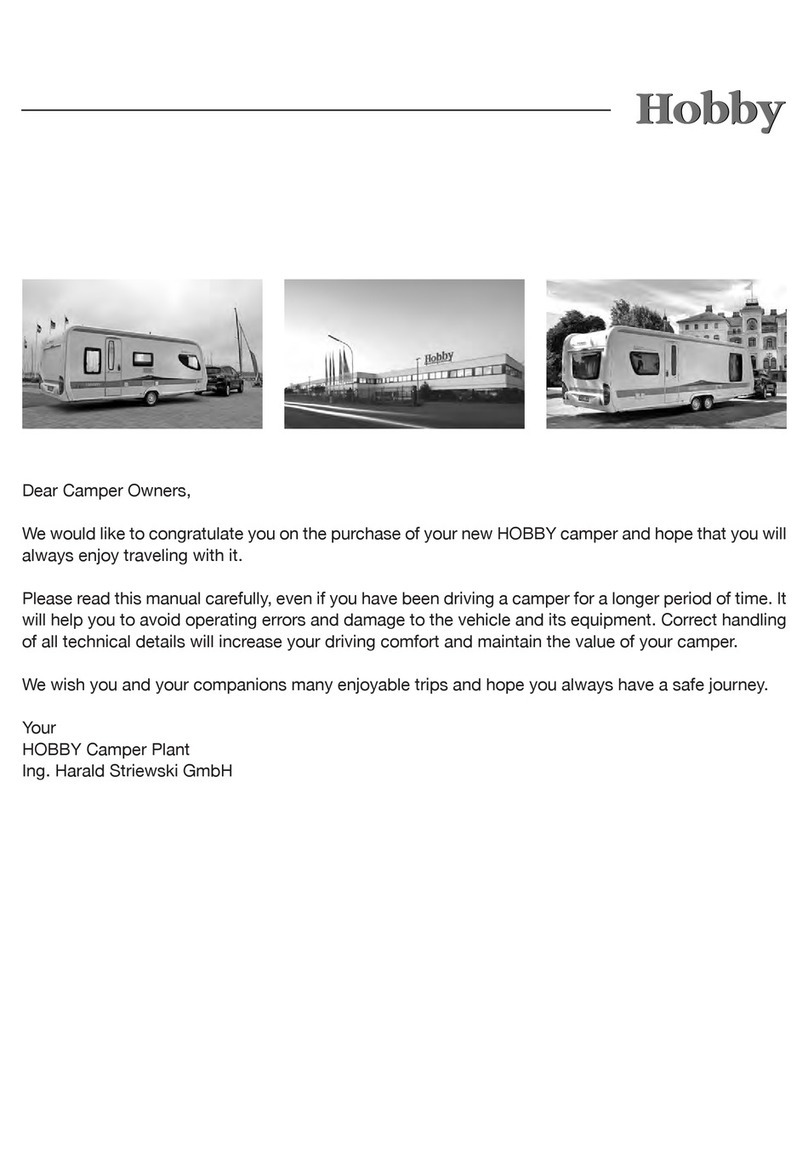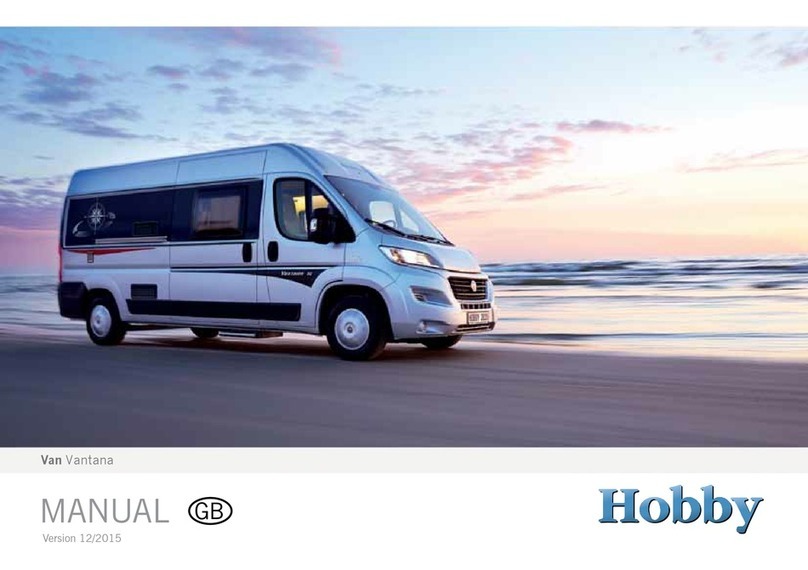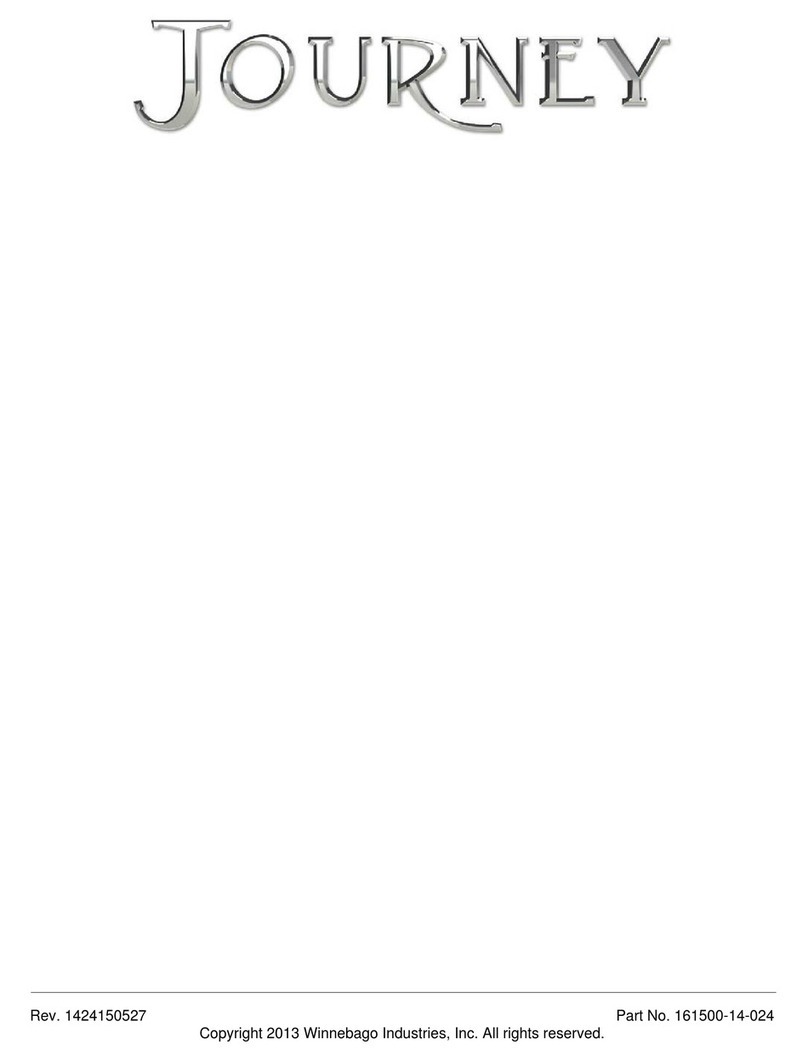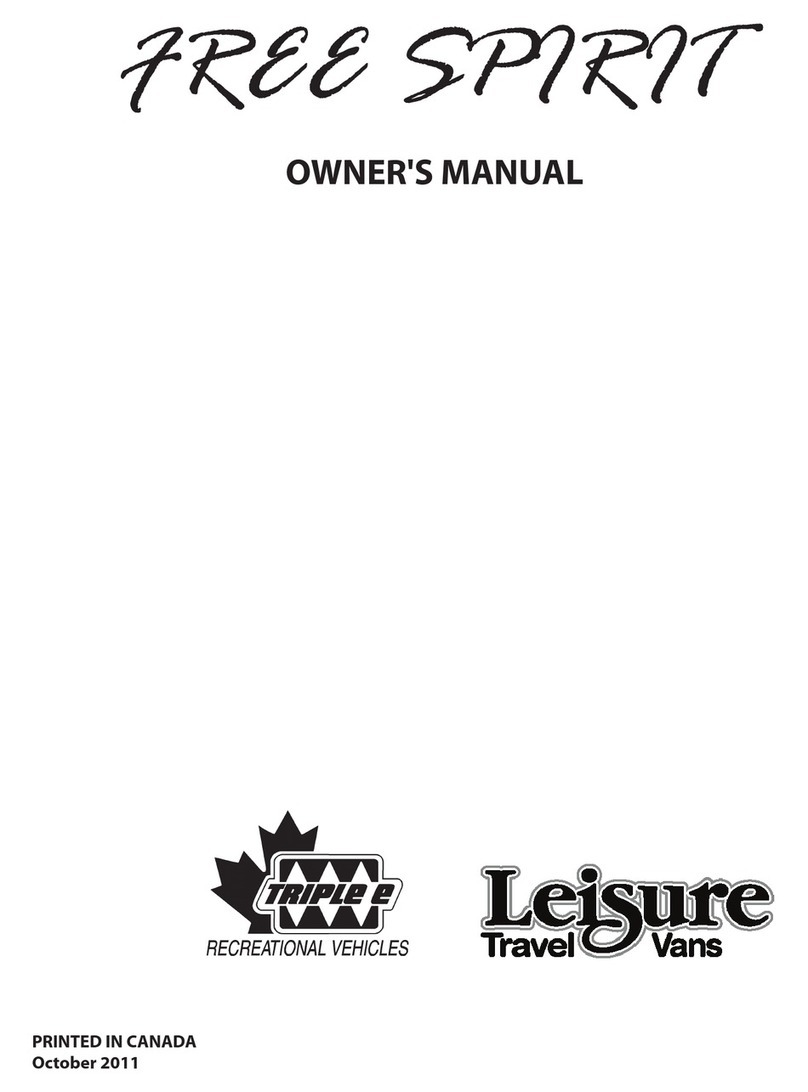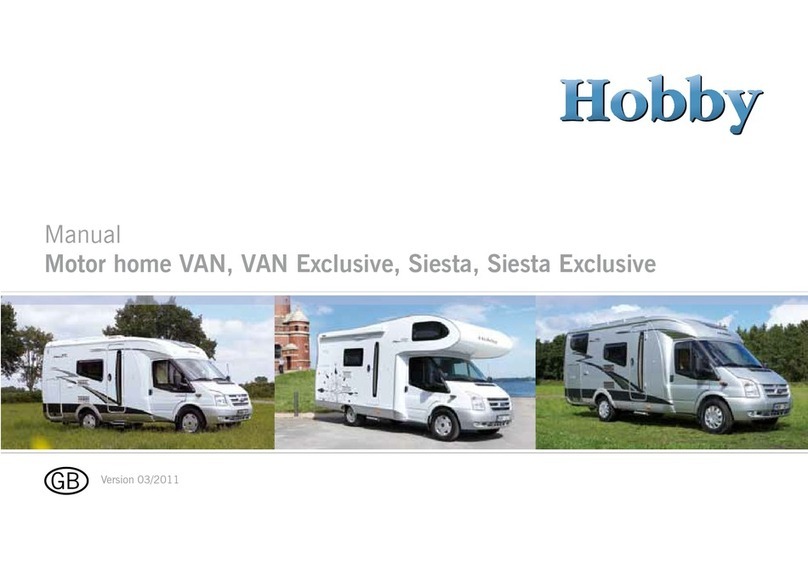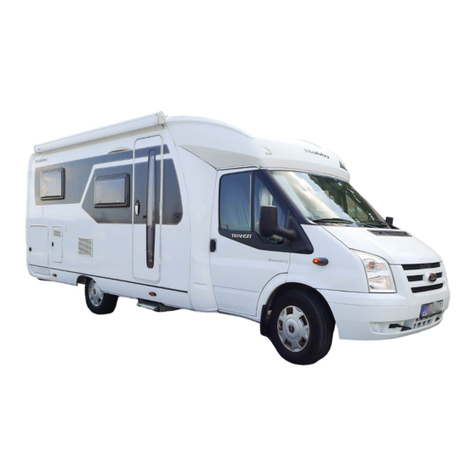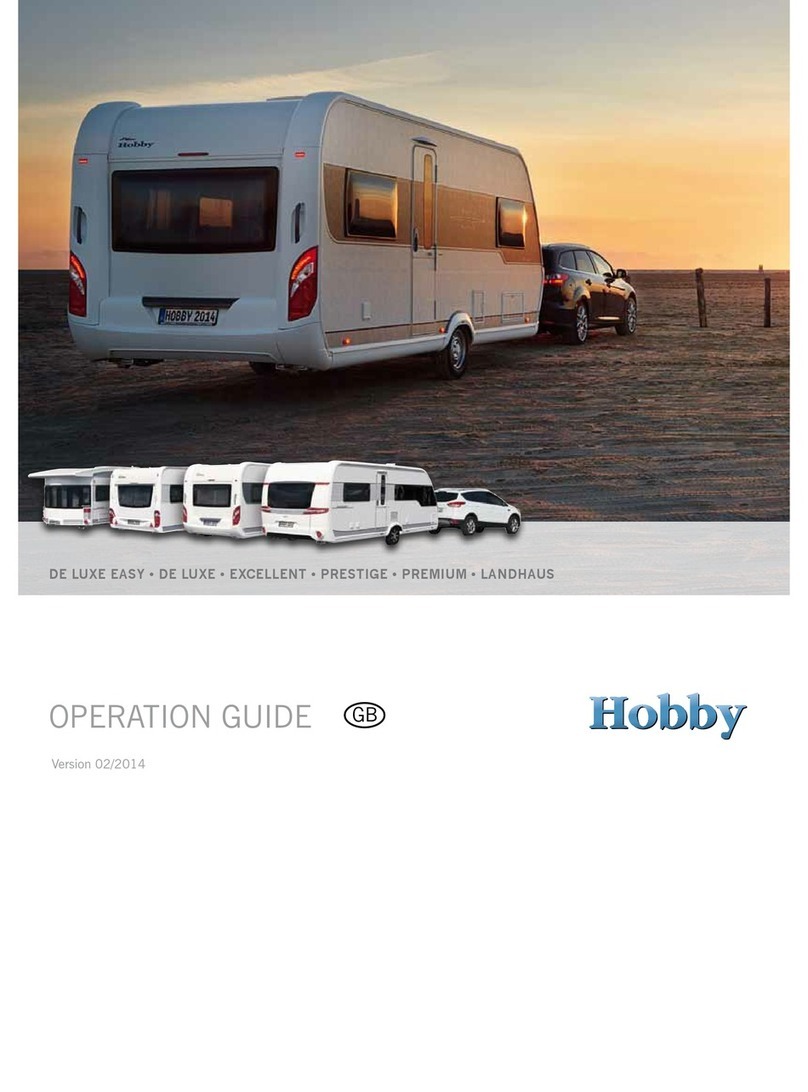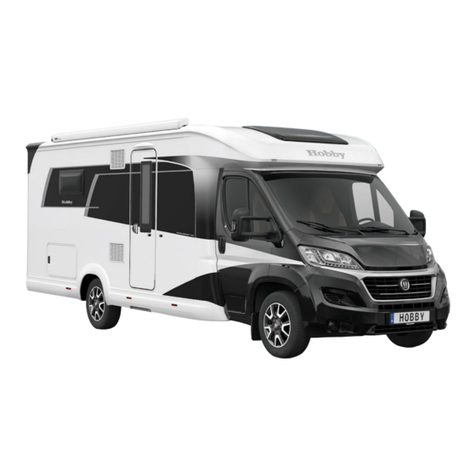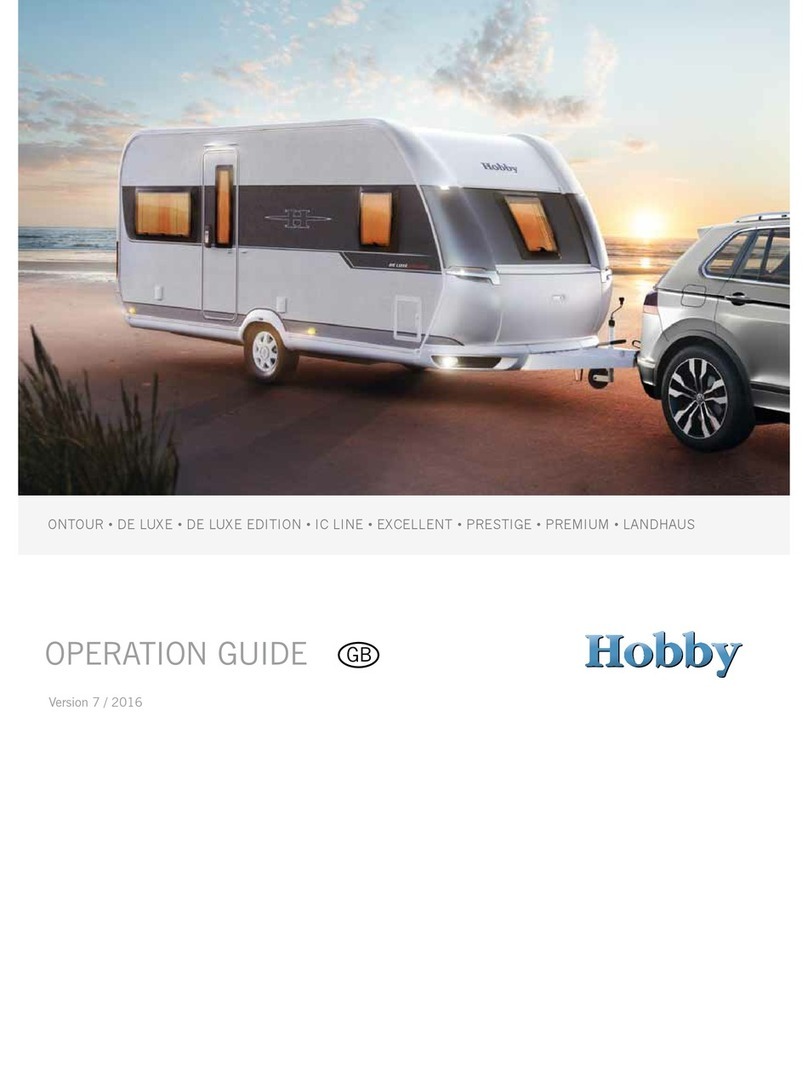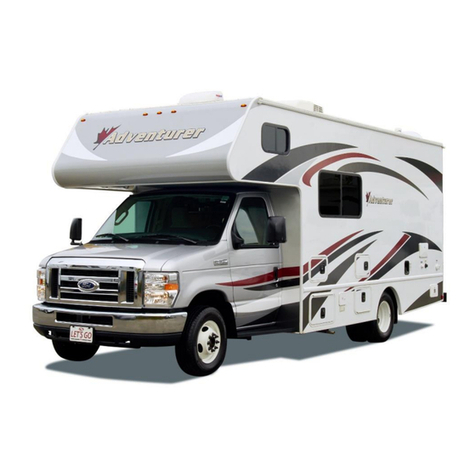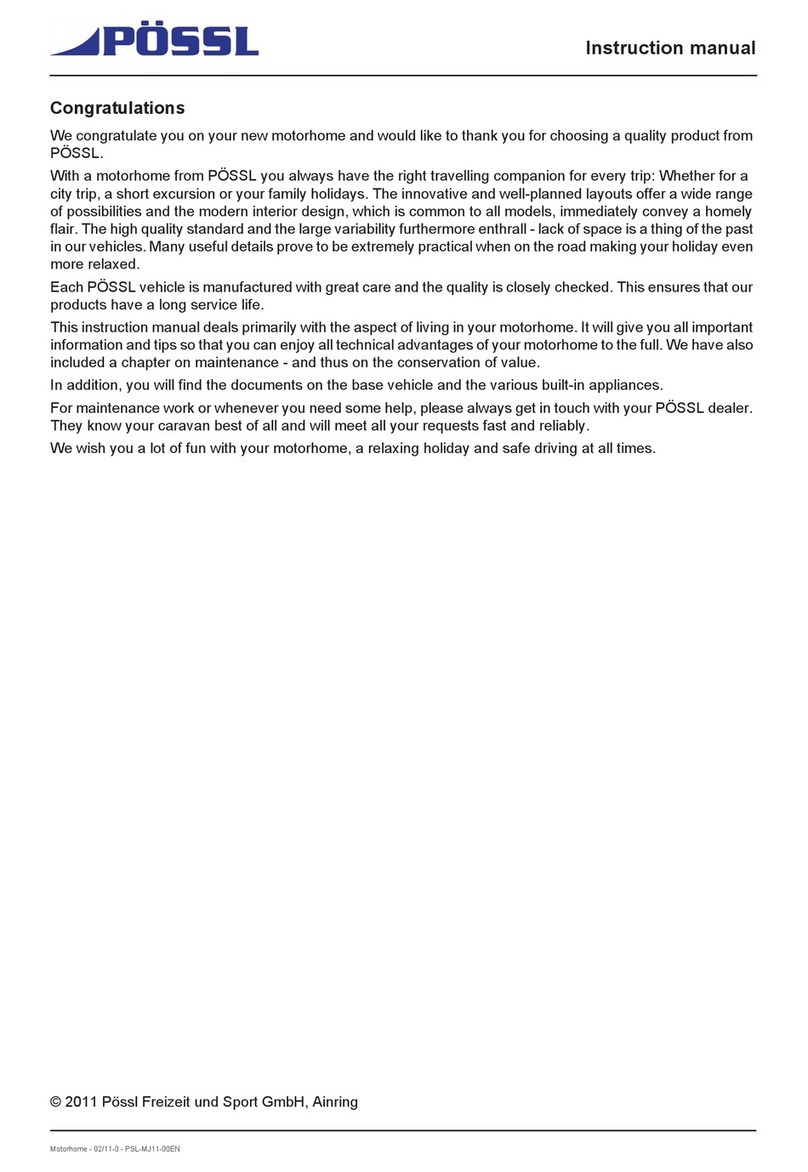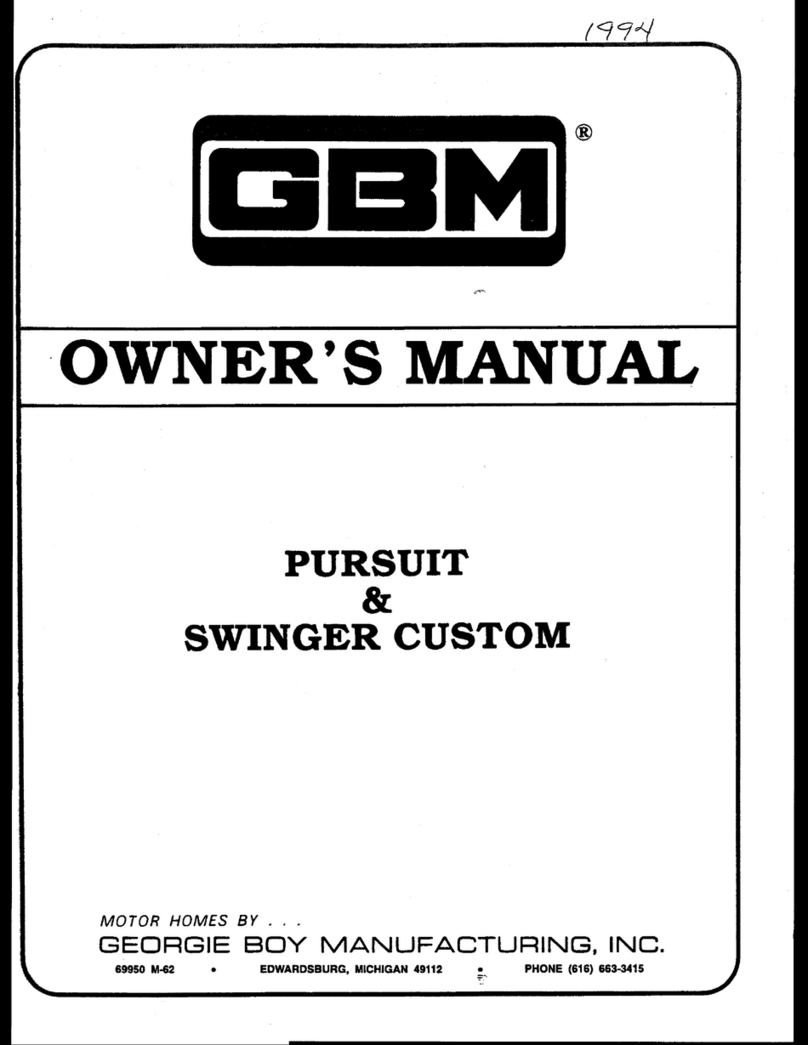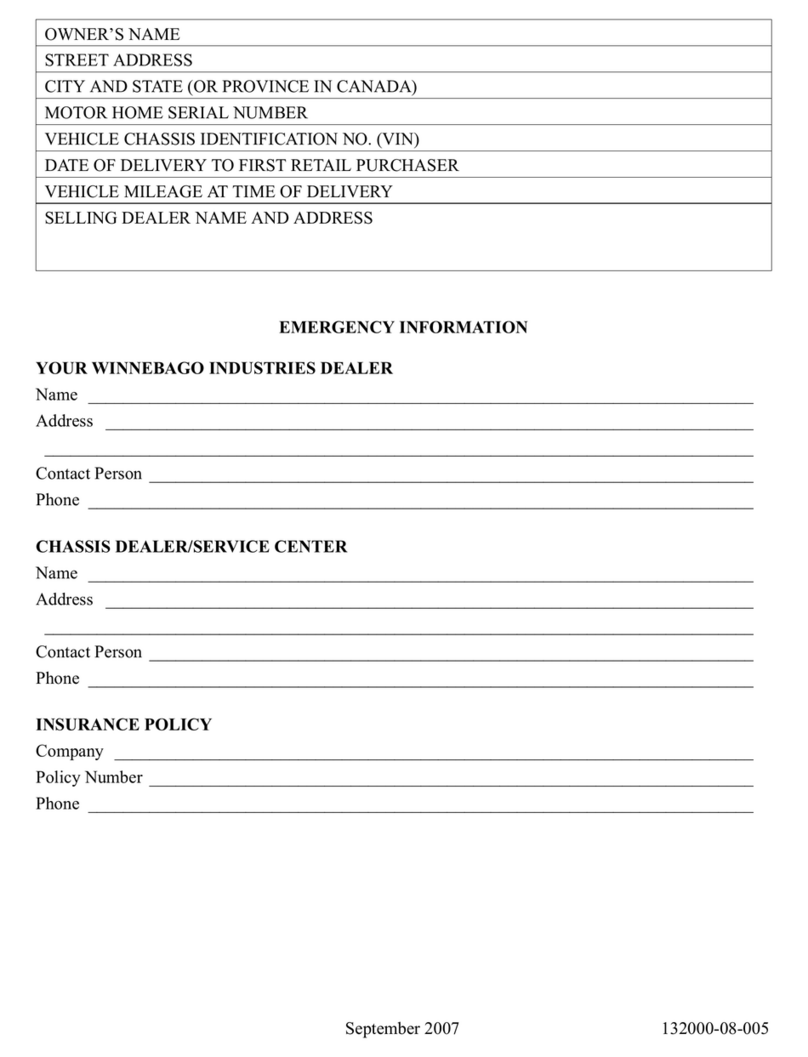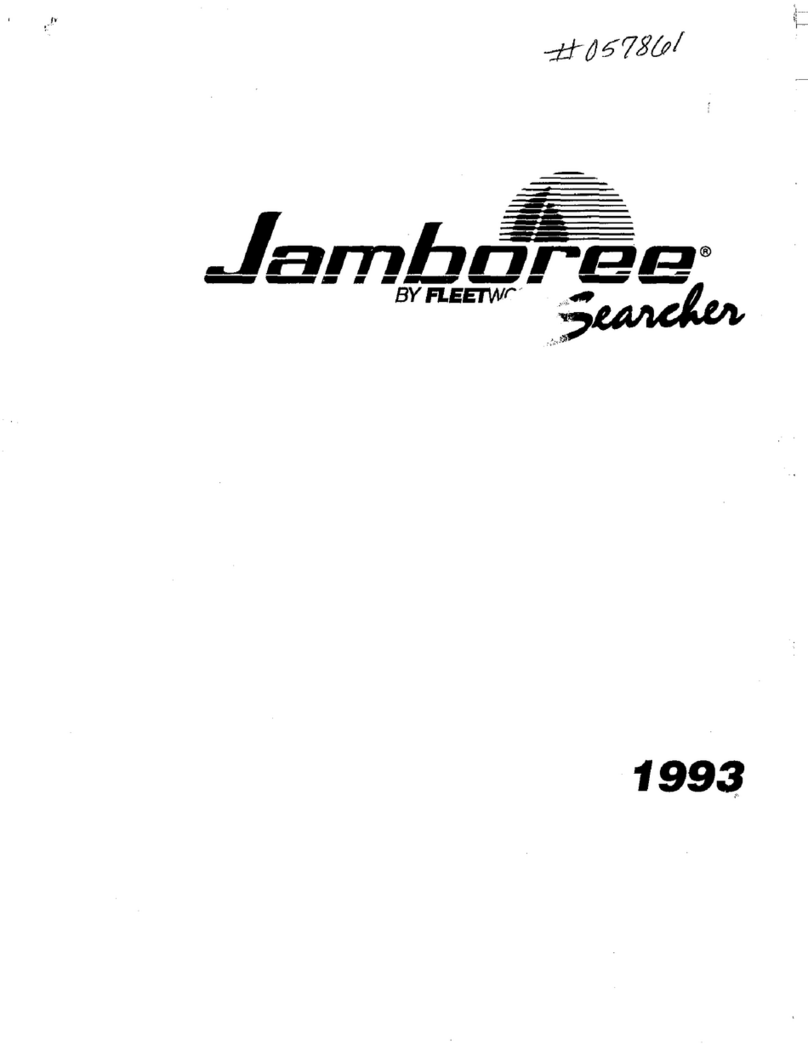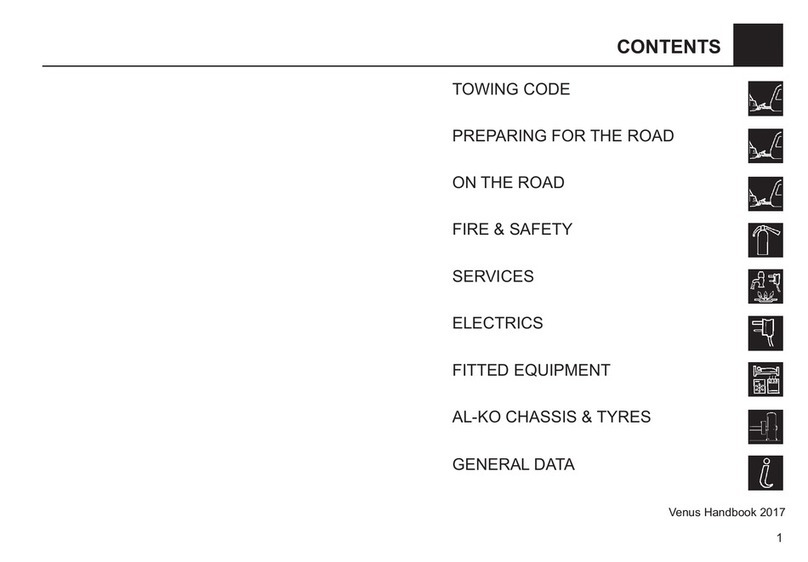
1. Introduction
Table of Contents
1 Introduction
1.1 General information.........................................................................................................................1
1.2 Key to using in These Operating Instructions .................................................................................2
2 Safety
2.1 Intended use.................................................................................................................................... 4
2.2 General information.........................................................................................................................4
2.3 Fire protection .................................................................................................................................4
2.4 Emergency equipment......................................................................................................................5
2.5 Safety Systems ...............................................................................................................................6
2.6 Before the journey ...........................................................................................................................7
2.6.1 What to observe before your rst journey.......................................................................................7
2.6.2 Before each journey ........................................................................................................................9
2.7 While driving..................................................................................................................................10
2.8 After each journey .........................................................................................................................12
3 Chassis
3.1 General information.......................................................................................................................14
3.2 Vehicle ID number (VIN)................................................................................................................14
3.3 Loading..........................................................................................................................................15
3.3.1 General information.......................................................................................................................15
3.3.2 Tow hitch load ...............................................................................................................................16
3.3.3 Meaning of weights for the Caravan .............................................................................................17
3.4 Safety hitch WS 3000.................................................................................................................... 18
3.5 Jockey wheel.................................................................................................................................20
3.6 Handbrake operation.....................................................................................................................21
3.7 Overrunning equipment and wheel brakes ...................................................................................22
3.8 Electronic Trailer Stabilisation (ETS plus) ......................................................................................23
4 Wheels and tyres
4.1 Wheels...........................................................................................................................................24
4.2 Tyres ..............................................................................................................................................24
4.3 Tyre pressure .................................................................................................................................25
4.4 Prole depth and age of tyres .......................................................................................................26
4.5 Rims ..............................................................................................................................................26
4.6 Changing a wheel tyre................................................................................................................... 27
4.7 Tyre repair kit .................................................................................................................................29
5 Exterior structure
5.1 Forced and xed ventilation ..........................................................................................................32
5.2 Opening and closing doors and lockers .......................................................................................33
5.3 Corner Steadies.............................................................................................................................39
5.4 Roof...............................................................................................................................................40
5.5 Guide rail for awning draft skirt ....................................................................................................40
5.6 Bicycle carrier................................................................................................................................41
5.7 Roof mounted awning ...................................................................................................................42
6 Interior structure
6.1 Cupboard and drawer operation...................................................................................................44
6.2 TV bracket .....................................................................................................................................47
6.3 Tables ............................................................................................................................................48
6.4 How to convert seating areas into beds........................................................................................49
6.5 Washroom .....................................................................................................................................53
6.6 Windows........................................................................................................................................54
6.7 Roof lights .....................................................................................................................................56
7 Installation of electrical devices
7.1 Safety tips .....................................................................................................................................59
7.2 Operation of the installed electrical systems ................................................................................59
7.3 Control panel .................................................................................................................................61
